National Day for China is an official holiday every October 1. It celebrates the founding of the People’s Republic of China on October 1, 1949. It’s since morphed into National Day Golden Week, when everyone in China has a week of vacation. Here’s the post I wrote when we visited China as National Day Golden Week began. – Jadi
I’ll travel pretty much anywhere at the drop of a hat. Go around the world for 7 weeks? Cool! When do we leave? Overnight trip to Munich? Sounds grand, which beer hall do we want to have dinner at?
But. There are times when travel is not – quite – optimal. The rainy season offers big bargains and great deals for a reason. (Like, you’re going to be wet most of the time.) Another time period to debate traveling in is when other countries have their special holidays. Sure, Christmas Market season anywhere in Germany or areas that have a tradition of a Weihnachtsmarkt is a good time to go. However, a National Day will probably mean shops and sights are closed up tight.
And, trust me on this one, you really don’t want to go to China when it’s National Day Golden Week, and 1.3 BILLION people are on holiday.
 They will all be taking their vacations. Spots that are usually crowded anyway are going to be jam-packed. This is not an experience for visitors with weak hearts or fear of crowds.
They will all be taking their vacations. Spots that are usually crowded anyway are going to be jam-packed. This is not an experience for visitors with weak hearts or fear of crowds.

We learned this the hard way: first-hand. We did this at one of China’s most popular tourist sites: The Terracotta Army in Xi’an.
We got tickets and seats on a tour bus to get to the site. Our charming tour guide pointed to the buildings that house the terracotta army, pointed to the number of our bus, and finally pointed to her watch. No way she was going to push through the crowds in the massive hangars – she’d meet us at the designated time, back on our bus.

And in we went…. To this day I’m not sure what astounded me more. Was it the sheer size and scale of the clay army from 210-209 BC that was discovered in 1974?



Or was it the mass of tourists both foreign and native who completely filled the viewing areas?



One thing I do know for sure. That October trip to China during Golden Week cured whatever claustrophobia I may have once had. If I could survive the crowds we experienced in Beijing, Xi’an and Shanghai, I’ll survive them anywhere.

NOTES: ©Jadi Campbell 2018. Previously published as The Terracotta and People’s Armies. All photos © Uwe Hartmann. To see more of Uwe’s photos and pics from our trips go to viewpics.de.
Click here for my author page to learn more about me and purchase my books.














 Tomorrow I’ll publish the original post again on its 5 year anniversary.
Tomorrow I’ll publish the original post again on its 5 year anniversary.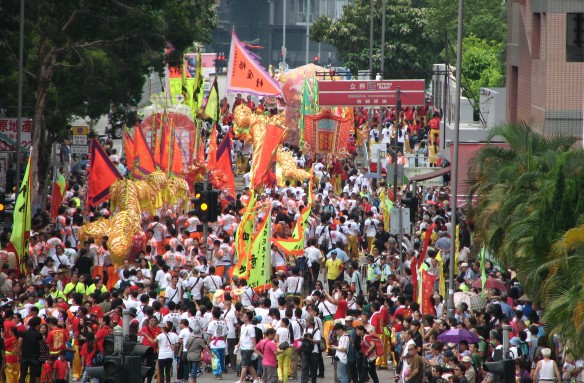
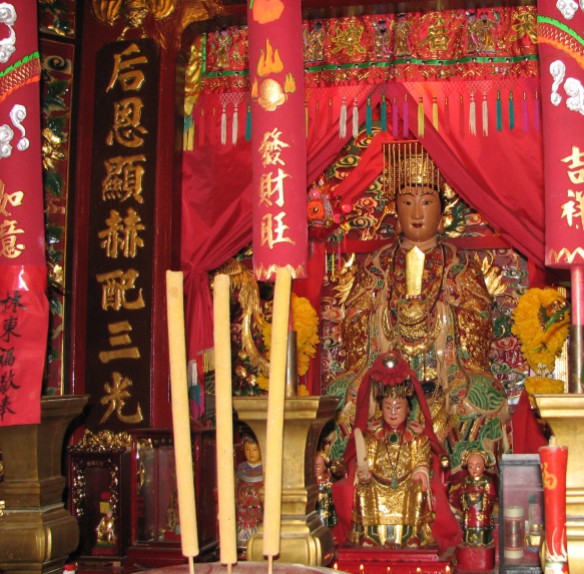
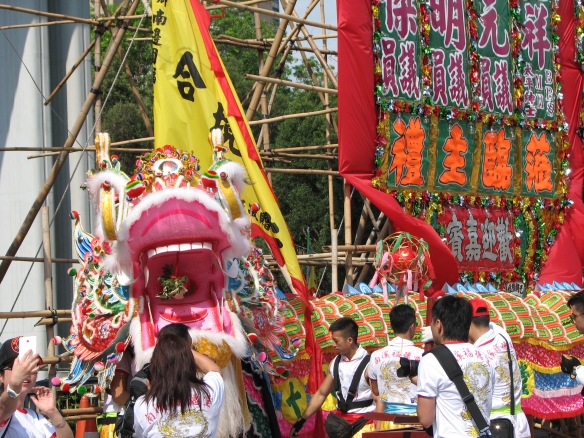


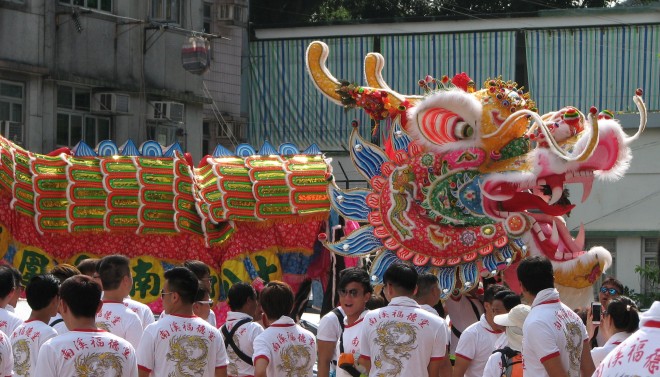


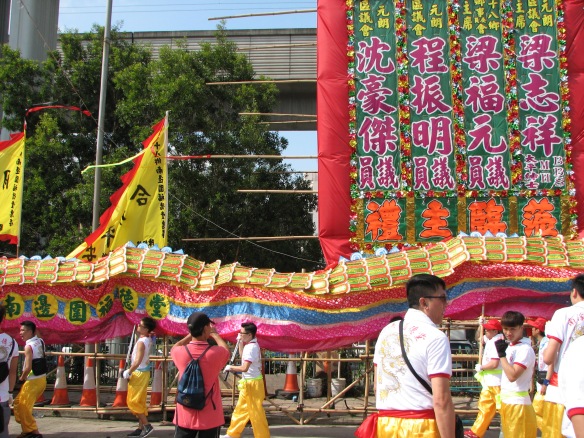







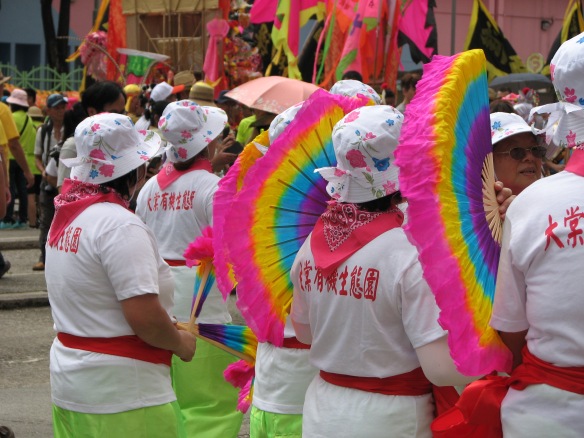

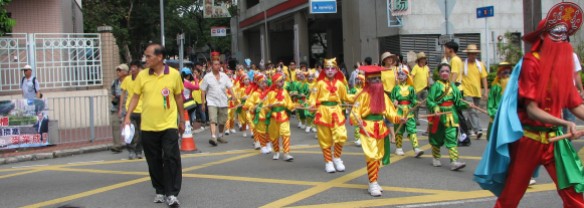
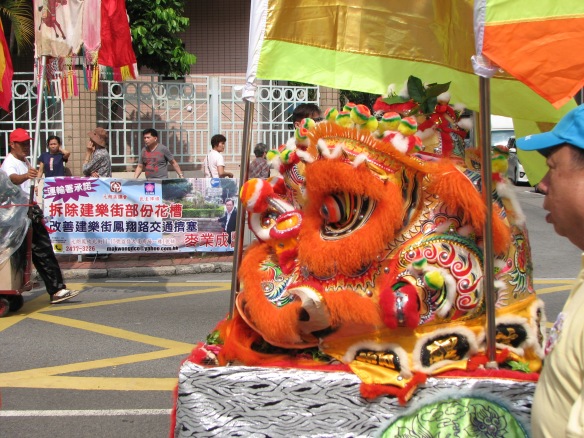





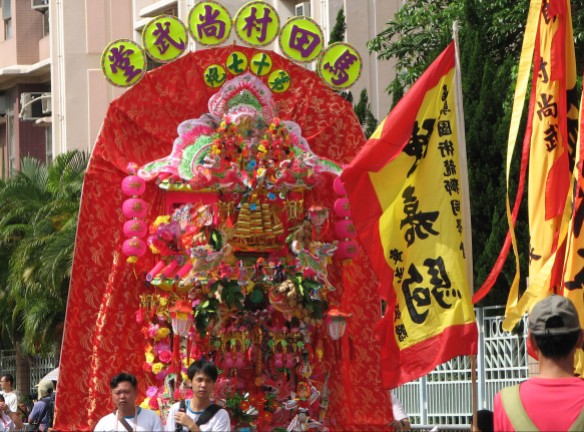

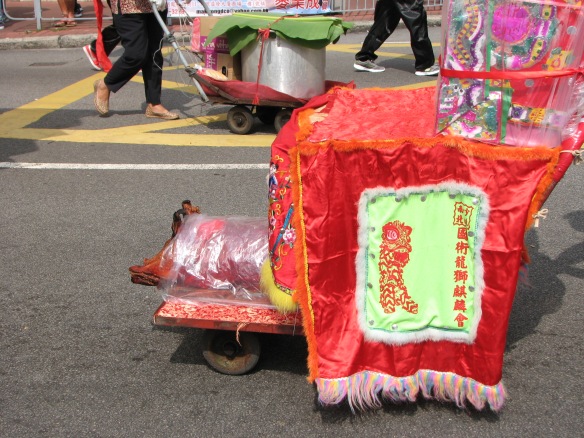

 Environmental activist, writer, wilderness traveler, Zen Buddhist student and teacher, Peter Matthiessen was born May 22, 1927 in New York City, New York. He was a CIA officer in his early 20s, one of the few acts of his life that he regretted. He co-founded The Paris Review, one of English language’s most important literary journals. His book Shadow Country won the National Book Award for fiction, and he won again in nonfiction for The Snow Leopard. He remains the only writer to have won in both categories.
Environmental activist, writer, wilderness traveler, Zen Buddhist student and teacher, Peter Matthiessen was born May 22, 1927 in New York City, New York. He was a CIA officer in his early 20s, one of the few acts of his life that he regretted. He co-founded The Paris Review, one of English language’s most important literary journals. His book Shadow Country won the National Book Award for fiction, and he won again in nonfiction for The Snow Leopard. He remains the only writer to have won in both categories.






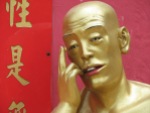


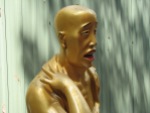


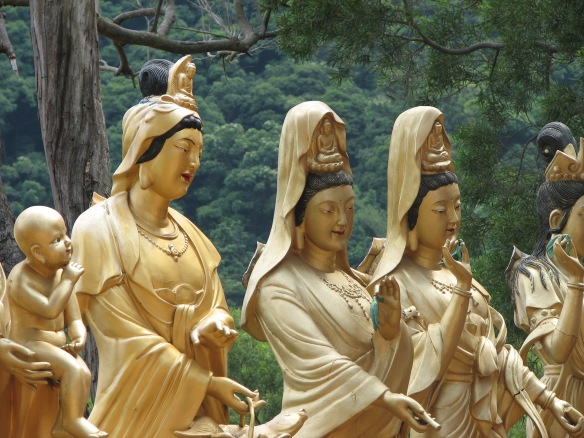
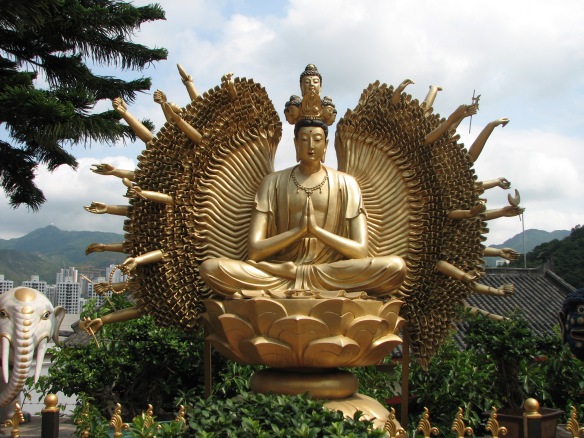


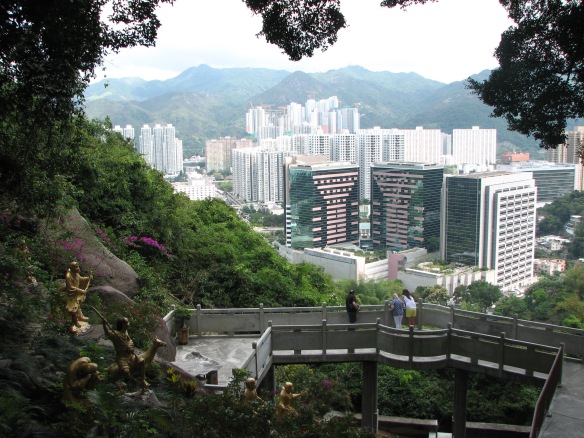

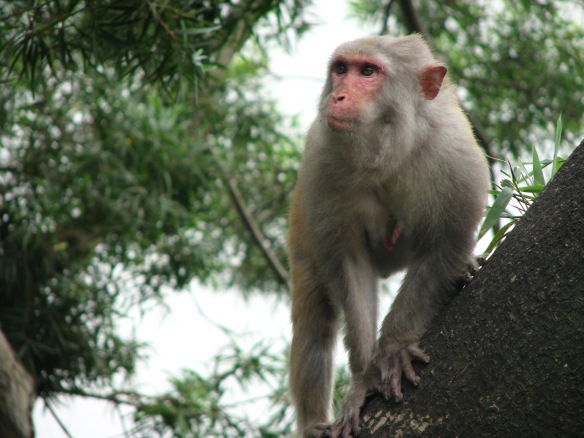
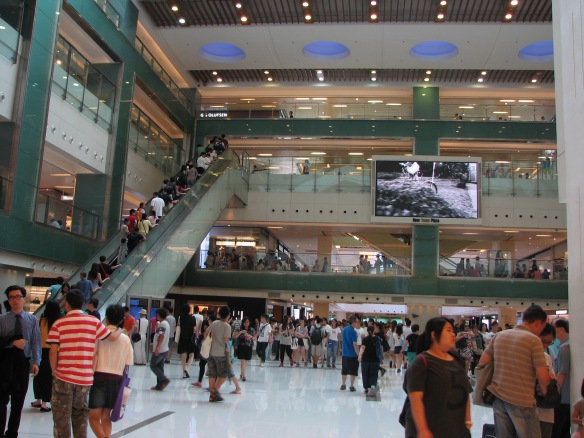





 We heard it before we saw it. Drums, lots of drums…
We heard it before we saw it. Drums, lots of drums…

 What tickles me most about the walls is that once you’re on them, you could be on a wide boulevard anywhere in the world. Except that this is China, and this isn’t a boulevard…. It’s a wide street located on top of Xi’an’s city walls. Travel doesn’t get any better than this.
What tickles me most about the walls is that once you’re on them, you could be on a wide boulevard anywhere in the world. Except that this is China, and this isn’t a boulevard…. It’s a wide street located on top of Xi’an’s city walls. Travel doesn’t get any better than this.



 I couldn’t resist the piles of beautifully plaited and stamped breads,
I couldn’t resist the piles of beautifully plaited and stamped breads,
 as well as the stacks of sesame and bean paste desserts…
as well as the stacks of sesame and bean paste desserts…



 But I recall with glee the Peking duck Uwe and I ate in Beijing. The restaurant specialized in only Peking duck, along with all the pomp and circumstance such a dish demands.
But I recall with glee the Peking duck Uwe and I ate in Beijing. The restaurant specialized in only Peking duck, along with all the pomp and circumstance such a dish demands. Our Chinese friend Weiyu orders for us, but every single table wants the same meal. Waiters are formally dressed, complete with chefs’ toques, mouth masks and protective gloves. By the end of the evening they carve hundreds of plates of duck.
Our Chinese friend Weiyu orders for us, but every single table wants the same meal. Waiters are formally dressed, complete with chefs’ toques, mouth masks and protective gloves. By the end of the evening they carve hundreds of plates of duck.


 May November 11th bring you flights of fancy and a visit from the Bluebird of Happiness. By now the ducks and geese, indeed, all migrating birds have already left for warmer climates. Winter is coming.
May November 11th bring you flights of fancy and a visit from the Bluebird of Happiness. By now the ducks and geese, indeed, all migrating birds have already left for warmer climates. Winter is coming.
